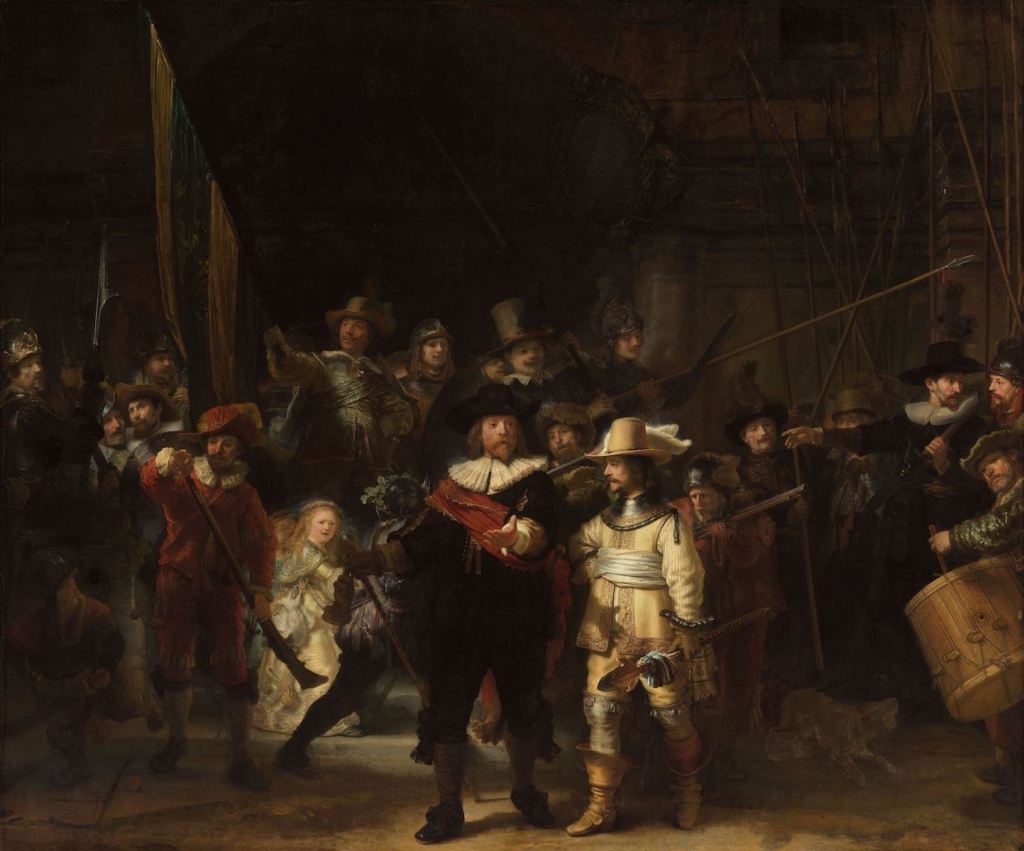Rembrandt painted the surface of his canvas for his famous 1642 oil painting The Night Watch with a substance containing lead before applying the first ground layer of paint, according to new research published today in Science Advances.
Though Rembrandt didn’t shy away from experimenting with new techniques, the use of a lead-based layer has never been seen before among works by Rembrandt or his contemporaries.
This new discovery comes out of Operation Night Watch, a research and conservation project devoted to the history of the masterpiece. Researchers performed an advanced analysis using computational imaging on a paint sample taken from the work.
A combination of X-ray fluorescence and ptychography were used to identify and visualize the sub-microscale chemical compounds along the canvas’ lower layers. The analysis revealed a lead-rich layer below the quartz-clay ground layer.
Rembrandt used quartz-clay ground layers in not only The Night Watch but in earlier paintings as well, wherein he would paint a first ground of red earth pigments with a second ground of lead white.
It’s possible that Rembrandt needed a cheaper, more flexible alternative to accommodate the size of The Night Watch. Another theory is that he may have been trying to protect the canvas from the humid conditions of the exterior wall of the great hall of the Kloveniersdoelen (musketeers shooting range) in Amsterdam, where the painting was intended to hang.
The results were then compared with a lead distribution map of the entire painting using an X-ray fluorescence scanning. The presence of lead throughout suggests the lead layer was applied using large semi-circular brushstrokes. An imprint of the stretcher bars also show up in the lead distribution map, meaning that the lead layer was preparatory and applied right after the canvas was stretched.



